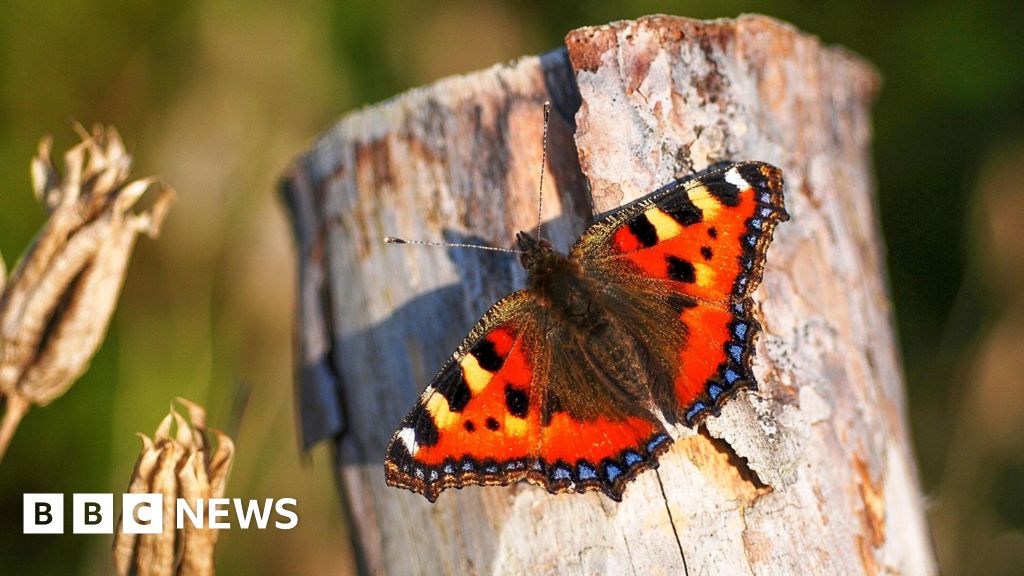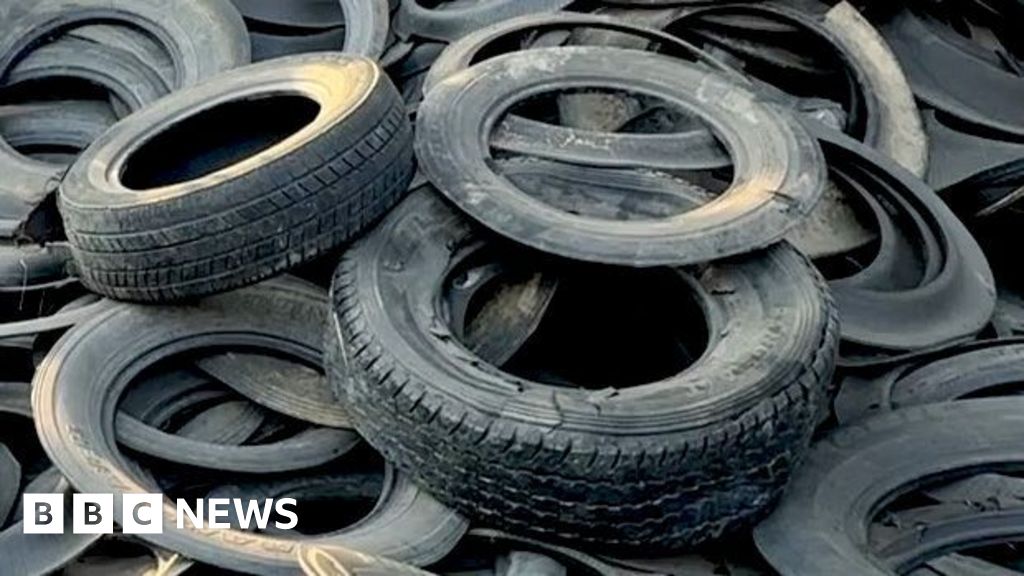ARTICLE AD BOX
 Image source, EPA-EFE/REX/Shutterstock
Image source, EPA-EFE/REX/Shutterstock
Darren Bett
Lead Weather Presenter
Sky watchers are looking forward to the next meteor shower, the Northern Taurids, which are set to peak on 11-12 November.
The meteors can be seen from virtually anywhere on Earth but sightings will be affected by the phase of the Moon, and the weather conditions.
These showers, known for their slow-moving, long-lasting meteors, are linked to Comet Encke.
There are two streams to the Taurids with the Southern Taurids having peaked earlier in the month.
What is the Taurid meteor shower?
The Taurid meteor shower is caused by the debris - ice and dust - from Comet Encke as it passes through our solar system.
Each time Encke returns to the inner solar system, its nucleus sheds ice and rock into space into a vast debris stream. When Earth passes through this debris the "comet crumbs" heat up as they enter our atmosphere and burn up in bright bursts of light.
Taurid meteors tend to be larger than other meteors and can survive for longer periods as they pass through Earth's atmosphere. They also travel relatively slowly, traversing the sky at about 17 miles (27km) per second. This is about half the speed of the Perseids.
A recent theory as to why Encke has such a large debris stream is that it was once part of a larger comet that broke up about 20,000 years ago. It has the shortest orbital period of any known comet within our solar system, taking just 3.3 years to orbit the Sun.
When is the peak?
Encke's debris stream is so large and spread out that it takes Earth a rather long time to pass through it. This is why we experience two separate parts to the shower - the Southern Taurids and the Northern Taurids.
The Southern Taurids run from about 23 September to 12 November and peaked earlier this month. Northern Taurids stem from a nearby but slightly different stream and are active from about 13 October 13 to 2 December, peaking around 11-12 November.
The Taurids are not very prolific, tending to produce only five meteors per hour, but they can be very bright. The showers sometimes produce fireballs – a perfect target for astrophotography.
There seems to be a seven-year periodicity with these fireballs. There were lots of fireball sightings in 2022. The next best opportunity may be in 2029.
How do I watch?
You do not need any equipment such as telescopes or binoculars as the secret is to take in as much sky as possible and allow about 30 minutes for your eyes to adjust to the dark.
The best time to view the Taurid meteor shower is around midnight when the shower's radiant (the spot in the sky from which the meteors appear to emanate), the Taurus constellation, is high in the sky.
To find Taurus, look for the constellation Orion and then peer to the north-east to find the red star Aldebaran, the star in the bull's eye. Shooting stars will be visible all over the night sky so move your gaze around the nearby constellations.
Image source, BBC Weather Watchers / TheAdder
Image caption,Anticyclonic gloom has settled on the UK recently bringing extensive cloud.
Will I be able to see them?
Viewing the Taurids may be affected by the illumination of the Moon, which could obscure some of the fainter meteors. The Moon will be in a waxing gibbous phase – going from half moon to full moon.
Plus, as we have seen recently, it is hard to see anything in the sky if there is a blanket of low cloud. However, there could be some timely changes in cloud amounts at the time of peak viewing.
A weather front crossing the UK on Sunday will bring a change in air mass. Even though an area of high pressure will build again, it may not contain as much cloud.
It is possible that the clouds will part on Monday night and give us a better chance of seeing some spectacular meteor displays.
Keep across your local forecast on the BBC Weather website or app.

 4 months ago
25
4 months ago
25








 English (US) ·
English (US) ·